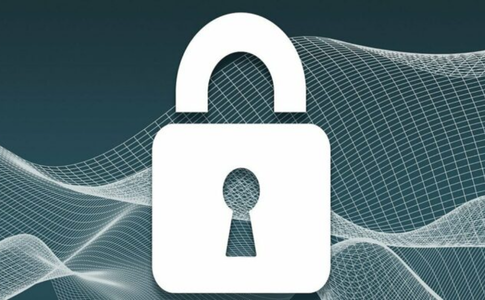As the onslaught of cyberattacks continues to wreak havoc, improving cybersecurity should be top of mind for all businesses, regardless of their industry or size. However, it’s easy for businesses to overlook various aspects of cybersecurity. So, what should be done to set your organization on the right path? The first step in creating a stronger cybersecurity framework is to conduct a risk assessment.
There are many options for conducting a comprehensive cybersecurity risk assessment, but each method shares the same core mission: to identify, evaluate, and prioritize threats that could impact an organization’s digital infrastructure. Cybersecurity risk assessments provide critical insights so businesses can fortify their cybersecurity infrastructure. Some of the most common types of security risk assessments include:
-
Baseline Cybersecurity Assessments: Process for evaluating all technical assets at a high level.
-
Penetration Testing: Simulated cyberattacks to evaluate the strength of an organization’s broad digital infrastructure and reveal vulnerabilities.
-
Red Team Testing: Simulated cyberattacks to achieve a specific objective the often involves accessing target data or systems.
-
Vulnerability Assessments: Process for evaluating identified weaknesses.
-
IT Audits: Process for evaluating specific items of an organization’s information technology infrastructure.
Ideally, a business would use some combination of these five risk assessments to receive maximum insight into their security posture and how vulnerable their sensitive information really is.
Because cybersecurity needs differ widely from business to business, security risk assessment steps also vary. Most cybersecurity risk assessment methodologies amalgamate best practices from various authoritative organizations, including the National Institute of Standards and Technology (NIST). To give you a better understanding of how to conduct a cybersecurity risk assessment, let’s review the NIST risk assessment framework.
Risk Assessment Example: The NIST Cyber Risk Assessment
NIST’s SP 800-30 publication is a comprehensive guide for conducting risk assessments. The NIST risk assessment framework is designed to help your business identify weaknesses in your cybersecurity posture, and determine how those weaknesses could lead to potential breaches. After the assessment is complete, your team can work to decide what actions should be taken to strengthen your security against current and future threats.
Don’t Have Time To Create Your Own Cyber Security Risk Assessment Template? Trava Can Help
Creating a risk assessment from scratch can be a lot of work, especially for small businesses. To relieve some of the pressure, Trava created our free risk assessment service. After a quick and easy assessment, we will conduct a comprehensive vulnerability scan of your assets. Once the scan is complete, we’ll send you an in-depth risk report and your Cyber Risk Score. Using this information, you can determine exactly how vulnerable your digital infrastructure is.
How Often Should Risk Assessments Be Conducted for Cybersecurity?
Because cyber attacks continue to increase in frequency and severity, a business’ risk management process should be continuous. According to the Information Systems Audit and Control Association® (ISACA), a security risk assessment must “be conducted at least once every two years.” It is important to note that risk assessments can only provide insight into risks affecting your security posture at a particular point in time. As technology advances, and cyber criminals become more crafty, risks will continue to evolve. To stay one step ahead, it’s best to conduct risk assessments as frequently as possible.
Why Should Organizations Use Cyber Risk Assessment Tools?
Cybersecurity is a lot to manage, but it is critical to surviving and thriving in a digitally dominated business atmosphere. To help businesses navigate evolving challenges, cybersecurity tools simplify and streamline the cybersecurity management process. For example, Trava’s cyber risk management platform offers various solutions to identify and classify threats, reduce risk, and protect their most sensitive information and assets. Our platform comes with various tools, including:
-
Risk assessment surveys
-
Vulnerability scans
-
Phishing simulations
See how Trava can help you stay secure and book a demo. Or continue your cybersecurity education via our podcast or resources page.


